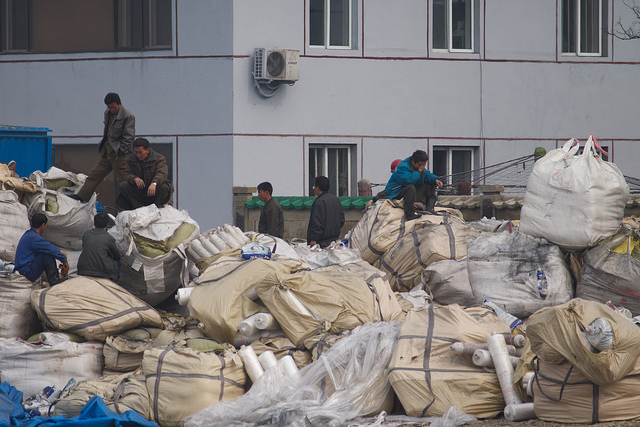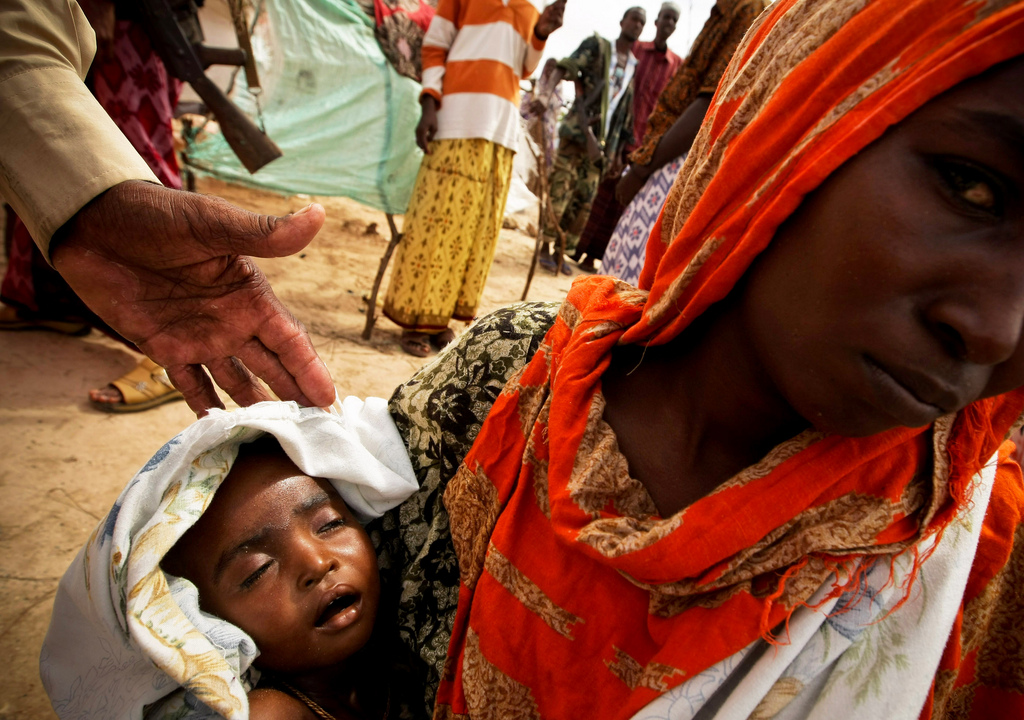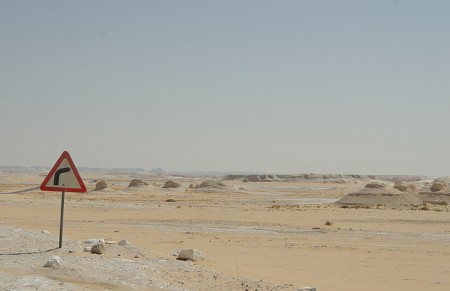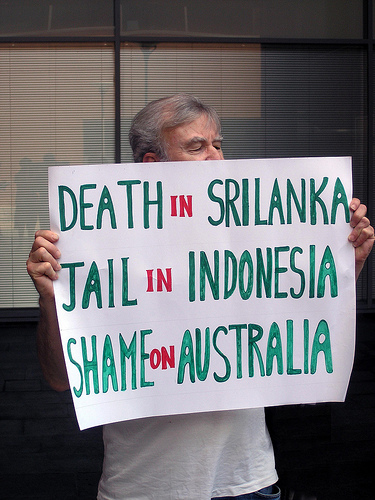
On August 3rd, South Korean human rights activist Kim Young-hwan and three colleagues held a press conference accusing Chinese authorities of detainment and torture due to their work with North Korean refugees. China has denied the allegations.
The activists were staying in Dalien, a major city in the southern Chinese province of Liaoning, assisting North Korean defectors and raising awareness of the dire human rights situation in North Korea (the original cause for their arrest). Mr. Kim said that he and his colleagues were beaten and tortured with electricity for “threatening the national security of China,” that both the Chinese and the North Korean governments were clandestinely engaged in their arrest and torture, and that the Chinese government intentionally delayed a consulate meeting.
Torture and harsh treatment for human rights activists such as Kim Young-hwan – who is a former supporter of North Korea’s first leader Kim Il-sung, but later became disillusioned with the regime’s absolutism and human rights abuses – highlight the tensions between South Korea and China as well as the ill treatment of North Korean defectors by the Chinese government.




